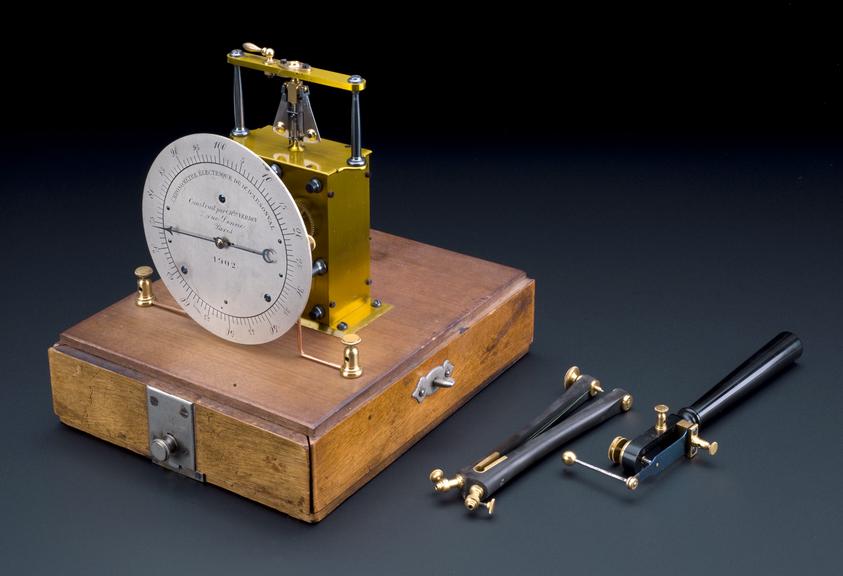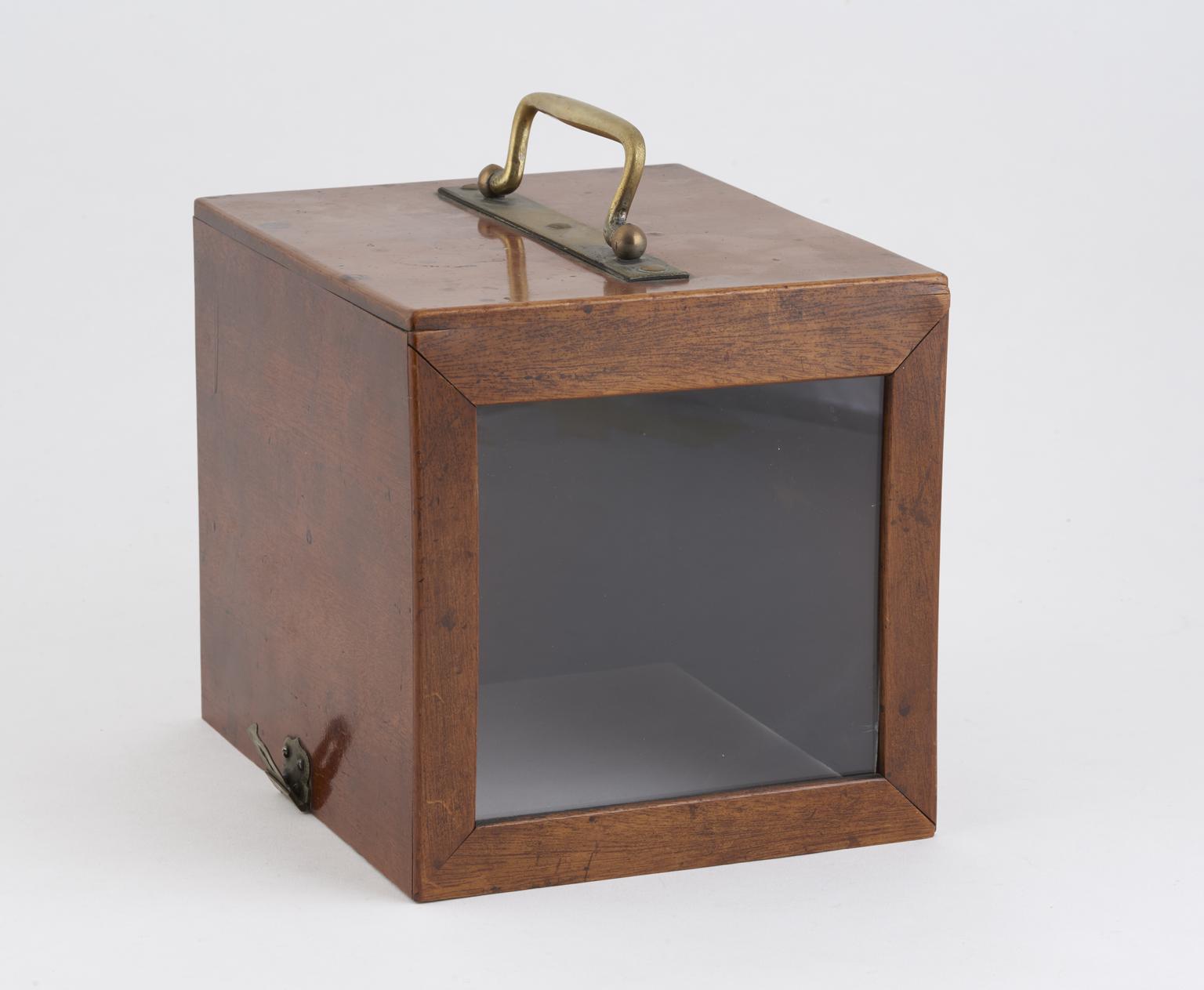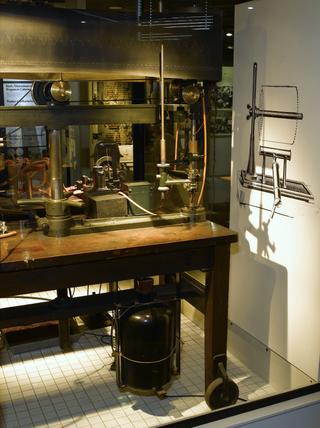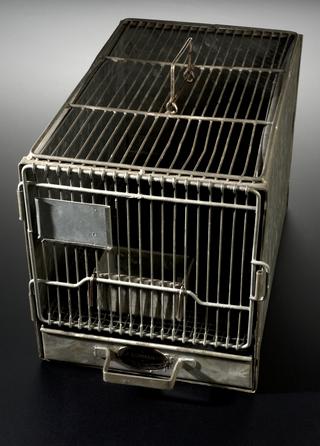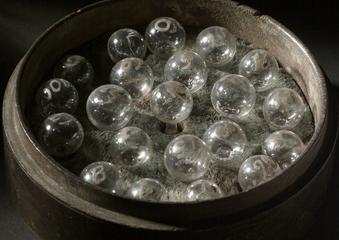d'Arsonval electric chronometer, by Charles Verdin, Paris, France, 1902
d'Arsonval electric chronometer, for measuring reflex reaction time, by Charles Verdin, Paris, 1902
- Measurements:
-
overall: 180 mm x 157 mm x 205 mm, 1.259 kg
- Materials:
- mahogany , brass , steel (metal) , ebonite and plastic (unidentified)
- Object Number:
- 1980-1109/1
- type:
- instrument component and chronograph - timer
